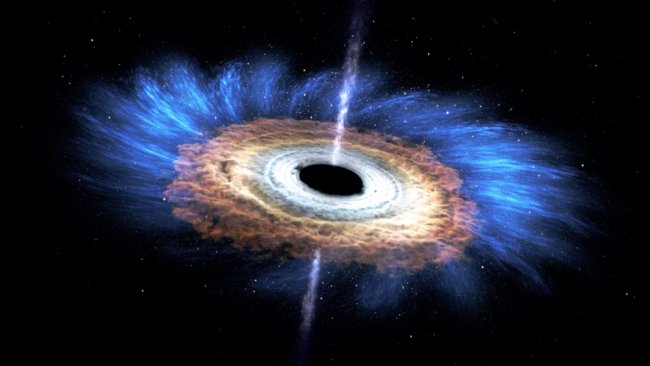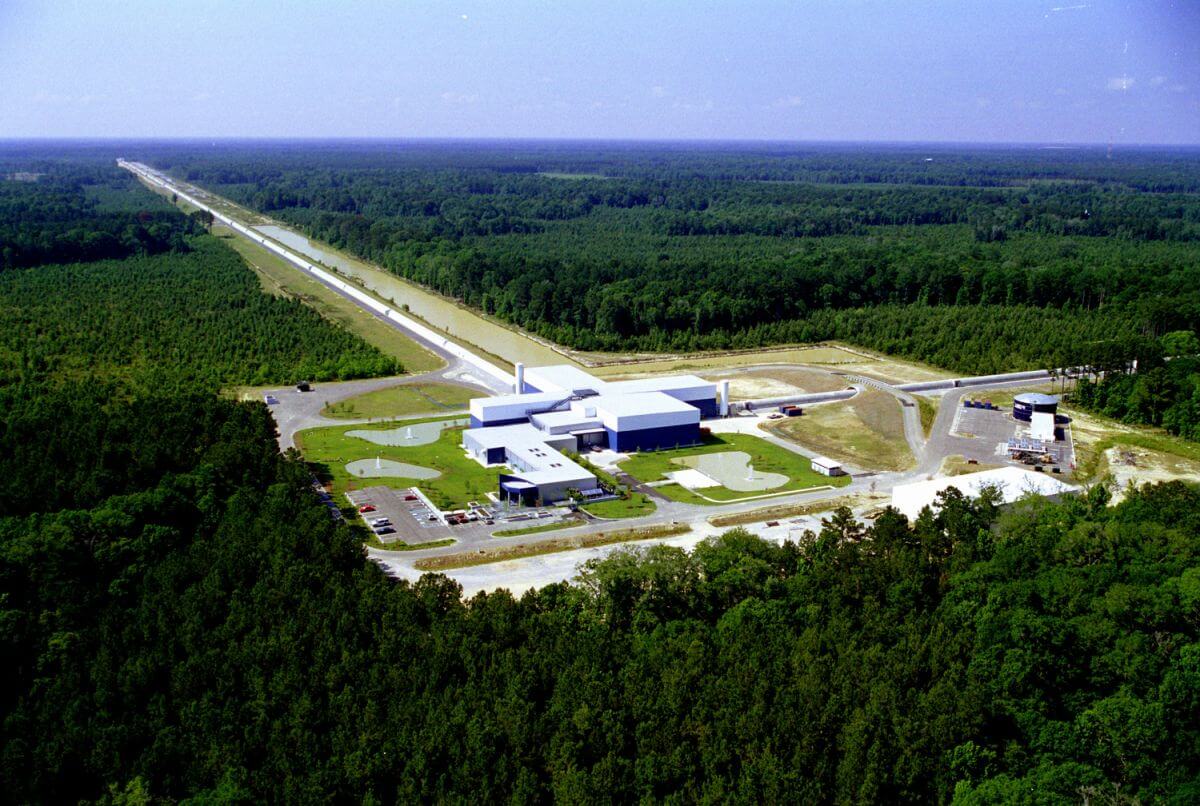
In January 2016 Observatory LIGO scientists made history when he announced the first detection of gravitational waves. Supported by the National science Foundation and scientists from Caltech and MIT, LIGO has been specifically designed to find and study these waves, predicted by the General theory of relativity and is caused by mergers of black holes.
According to a new study of a group of astronomers from the Center for cosmology at the University of California Irvine, mergers are much more common than we thought. After the examination space, which was to calculate and classify black holes, the University team has determined that our galaxy may have 100 million black holes. This carries significant implications for the study of gravitational waves.
The study recently appeared in the monthly notes of the Royal astronomical society. Under the leadership of Oliver D. Elbert, a graduate student in the Department of physics and astronomy, scientists have analyzed the signals of gravitational waves detected by LIGO.
More questions
Their study began approximately eighteen months ago, shortly after LIGO has announced the first detection of gravitational waves. These waves were created by the merger of two distant black holes, the mass of each of which was equivalent to 30 solar. As told by James bullock, Professor of physics and astronomy at the University of California at Irvine and co-author of the article:
“In fact, the detection of gravitational waves was serious business, as confirmed an important prediction of the General theory of relativity. But then we looked closer astrophysics the actual result of the merger of two black holes with a mass of 30 solar. It was amazing, and we wondered: how common are black holes of this size and how often they merge?”.
Traditionally, astronomers believed that black holes are usually the same mass as our Sun. Thus, they sought to interpret multiple gravitational waves detected by LIGO, in the language of galactic formations, which was already known. In addition, they also sought to create a basis for projecting future mergers of black holes.
And so they came to the conclusion that the milky Way galaxy should be up to 100 million black holes, 10 million of which must be about 30 solar masses — that is, to be like those merge which found LIGO in 2016. Meanwhile the dwarf galaxy — like Dragon, which revolves at a distance of 250,000 light years from the center of our galaxy should contain about 100 black holes.

They further determined that the majority of low-mass black holes (10 solar masses) are found in galaxies at 1 trillion solar masses (massive galaxies), and massive black holes (50 mass) in galaxies 10 billion solar masses (dwarf galaxies). Examining the relationship between the mass of galaxies and stellar metallicity, they interpreted the number of black holes of each galaxy as a function of its stellar mass.
A frequent occurrence?
In addition, they also tried to determine how often black holes appear in pairs, how often they merge and how much it takes time. The analysis showed that only a small portion of black holes should be involved in the merger, to explain the observation by LIGO. He also offered forecasts that showed that in the next decade must become one even larger black holes.
Says mana Kaplinghat, Professor of physics and astronomy, participated in the study:
“We have shown that only 0.1-1% of black holes must merge to explain the seen by LIGO. Of course, black holes should be close enough to merge at a certain time, and this problem remains open… If the current understanding of the evolution of stars is correct, our calculations show that mergers even 50 solar masses are to be discovered in a few years.”
In other words, our galaxy could be teeming with black holes, and mergers can happen on a regular basis (by cosmological standards). Thus, we can expect that in the coming years in the future there will be new opportunities for the detection of gravitational waves. It should not be surprising, since the winter of 2016 LIGO made two more discoveries.
In our galaxy may be 100 million black holes
Ilya Hel